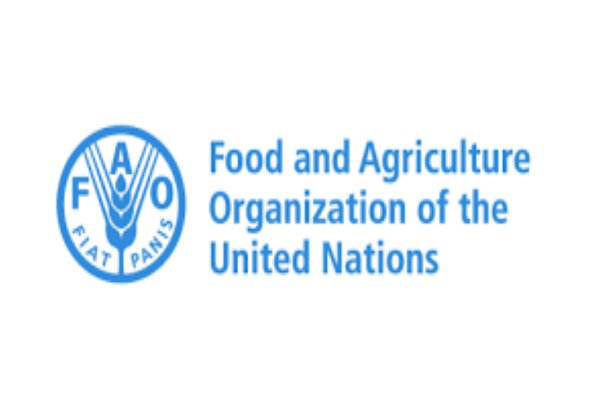
This recognition was made during the GIAHS scientific advisory group meeting held in Rome from November 7 to 10.
The traditional gardens of Qazvin, northwest of Iran’s capital Tehran, are a flood-spreading system that date back thousands of years. Situated in the foothills of the Alborz ranges, the creation of the gardens surrounding the city has protected its inhabitants from floods adapting to and taking advantage of the watershed to produce nuts and local delicacies.
By capturing, redirecting and sharing floodwaters, local communities have been able to cultivate and grow fruits all around Qazvin. Today, the system provides food and employment opportunities for people but also cools the temperature of the city and serves to replenish groundwater tables.
The traditional walnut agricultural system in Tuyserkan, Iran, is known not just for its walnut orchards but also for its delicacies as well as its landscapes and historical monuments. Based on family-farming, the cultivation of walnuts supports the livelihoods of a major part of the households in the area.
This cultivation is mainly developed in valleys and is irrigated using water canals designed at different levels and fed mainly by rivers and springs as well as qanats. Among the local practices is irrigating walnut trees in the cold and frost season, which farmers believe helps to eliminate pests and diseases.
So far, two Iranian sites of the qanat-based saffron farming system in Gonabad and the grape production system in Jowzan Valley in the provinces of Razavi Khorasan and Hamadan were granted GIAHS awards. It is noteworthy that in 2014, the qanat irrigated system of Kashan, Isfahan province, has been designated as a Globally Important Agricultural Heritage System.
Under the FAO’s GIAHS program, the selection criteria stipulate that sites must be of global importance, have value as a public good, support food and livelihood security, agro-biodiversity, sustainable knowledge systems and practices, social values and culture as well as outstanding landscapes. With the newest addition to the global agricultural heritage systems list, FAO’s worldwide agricultural heritage network now consists of 86 systems in 26 countries around the globe.
“Now over 20 years strong, GIAHS has proven to be a great model for showcasing longstanding practices to render agrifood systems more resilient to climate change,” said FAO Deputy Director-General Maria Helena Semedo.
DAY






